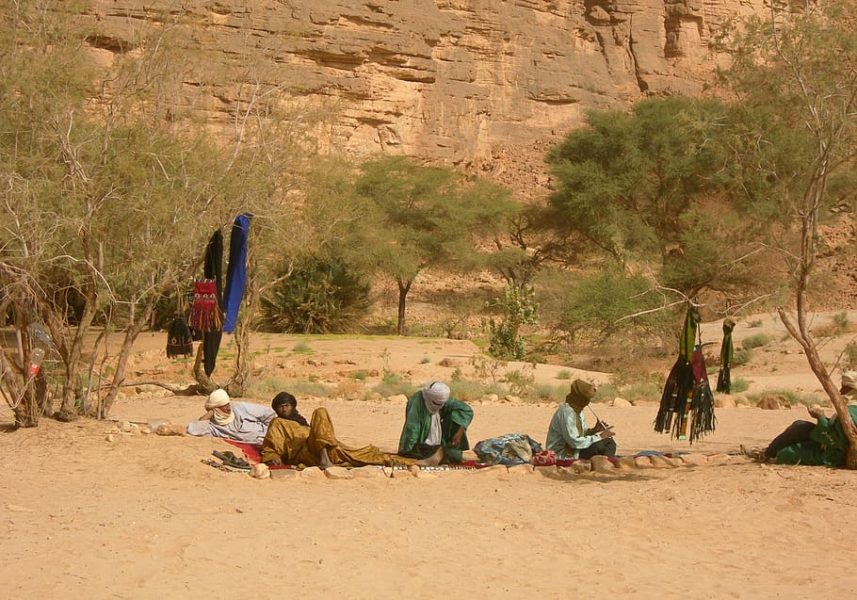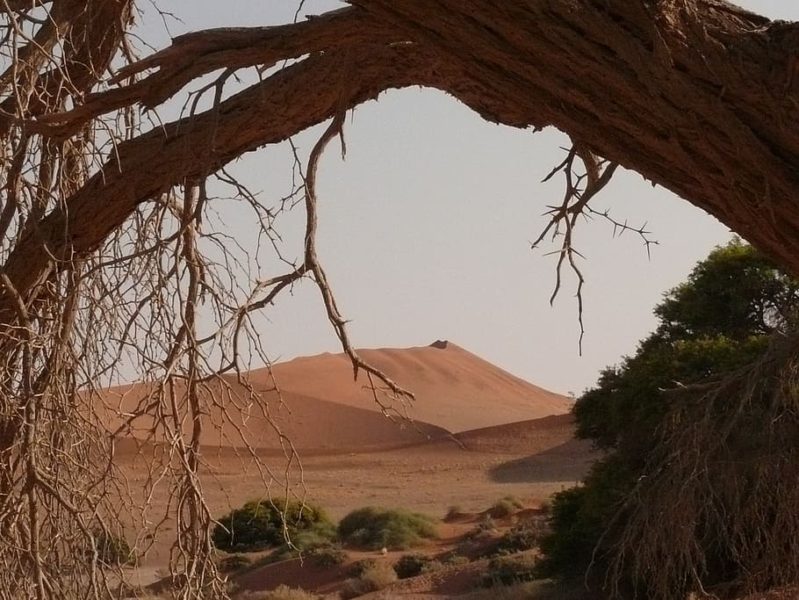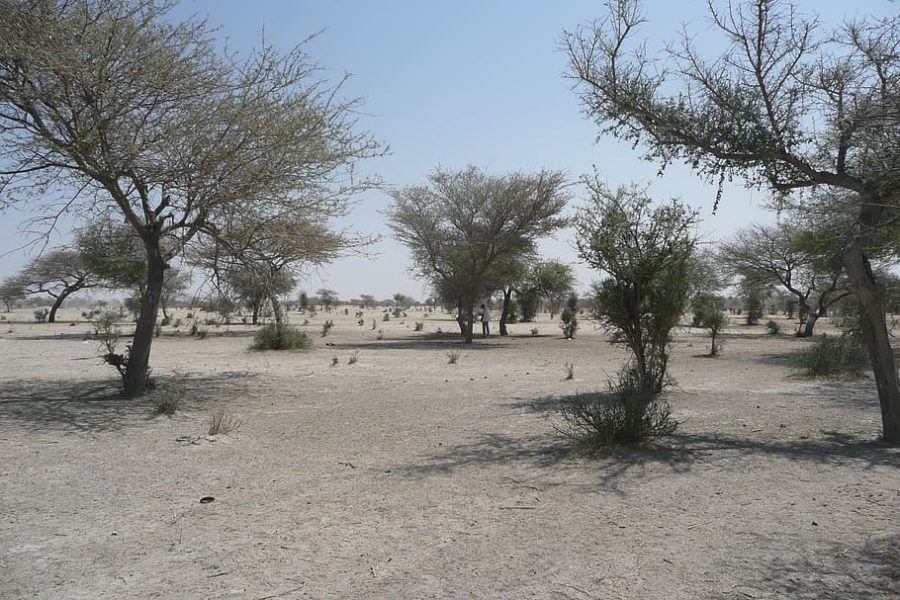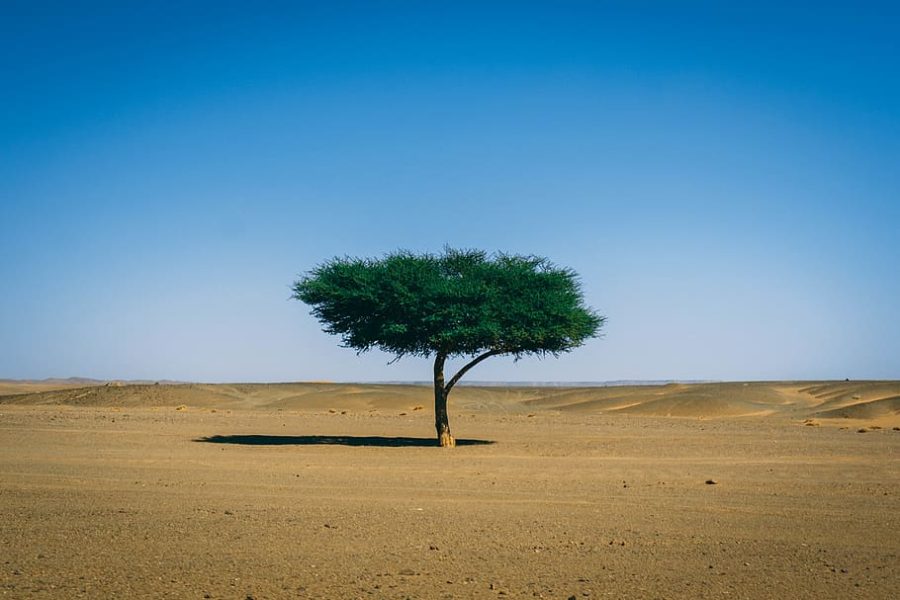We know it is strange to find trees in the dessert. Even more when its number reaches 1,800 million. Yes, one thousand eight hundred million. It is not a mistake. This is the amount that has been registered at the Sahara Desert: a total of 1,800 million trees and shrubs.

Is this a lot? To put things in perspective, first we need to understand the elements considered by the researchers, and secondly, the area occupied by these vegetables. The first thing the reader needs to take into account is that this vegetation doesn’t correspond to a forest mass, but rather to separate specimens. That is, there isn’t a hidden forest in the desert, but an area so vast and inhabited that there wasn’t a previous knowledge of the numbers found.
Tree and shrub species
For the study, researchers have included the tree and shrub species whose crown covered at least 3 m2. Behind this decision, we find two reasons: firstly, it can be bold to consider smaller specimens “trees or shrubs”. The second reason is linked to the method used.
11,128 satellite images have been analyzed, with a resolution of half a meter, generating deep learning algorithms in order to calculate the forest mass. That is, they have analyzed the images, they have detected 90,000 vegetation covers, and with this, they have taught the computer to “find” trees. For this to work out, the plants need a sufficient size to be recognized in satellite images. This explains the size chosen.

They have covered an area of 1,3 million km2, more than two times the area of Spain. The study covered four climate zones: hyper-arid lands, arid lands, semi-arid lands and sub-humid lands. The last area, the sub-humid lands, had the most vegetation, and it covers only a 13.3% of the deserts area.
An impressive number
The number of trees found is huge, way more than expected, but it does not cover a large surface. In fact, the researchers use the expression “a number unexpectedly big” in their article’s title. And in spite of this, it doesn’t cover a large area. Why is it important then?
11,128 satellite images have been analyzed, with a resolution of half a meter, generating deep learning algorithms in order to calculate the forest mass.
Its importance is twofold: the first reason is linked to the carbon cycle and climate change. In this sense, the fact that the Sahara Desert has more vegetation than expected is good news. And given that the carbon cycle is something global, it is good news for everyone.

Secondly, for its environmental meaning. Tall trees or shrubs change the ecosystem. In addition to being photosynthetic organisms that turn solar light into useful energy for other living beings, trees and shrubs have a structural impact on ecosystems.
The number of trees found is huge, way more than expected, but it does not cover a large surface.
For instance, they offer one more dimension. With the forest cover, the ecosystem goes from being almost flat to being three-dimensional. This opens up another possibility: the presence of micro habitats. The fact that there are branches, nooks amidst the tree barks, or leaves offer shelter to some species, a hidden place to others, a place for hunting to a third type of species… It also settles the land, gives it a topography, a more “stable” appearance. It also contributes to the water cycle, a valuable resource in these ecosystems, thus favoring biodiversity.
They still have to find out the contribution of this vegetation to the global carbon cycles, to water and other nutrients. These variables are not easy to calculate. We need studies to implement this study in other parts of the world, to calculate how many trees there are that we are not aware of. However, the method used is not applicable to all places. We need to develop unsupervised learning techniques in order to implement it.
Source: yahoo.es
Translation: Alfonso Casani – FUNCI
This post is available in: English Español

